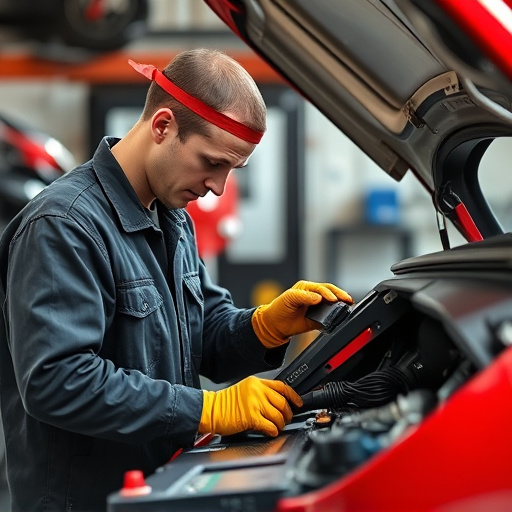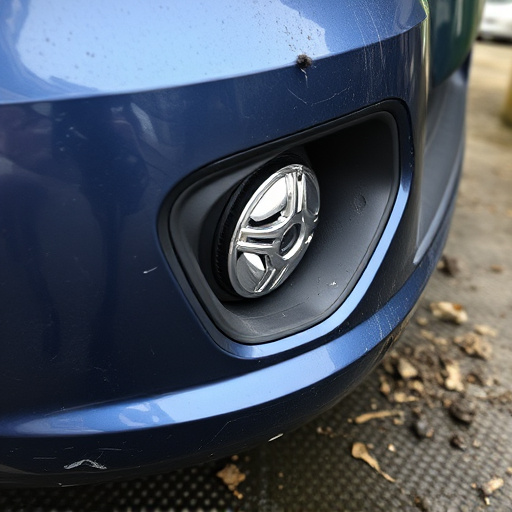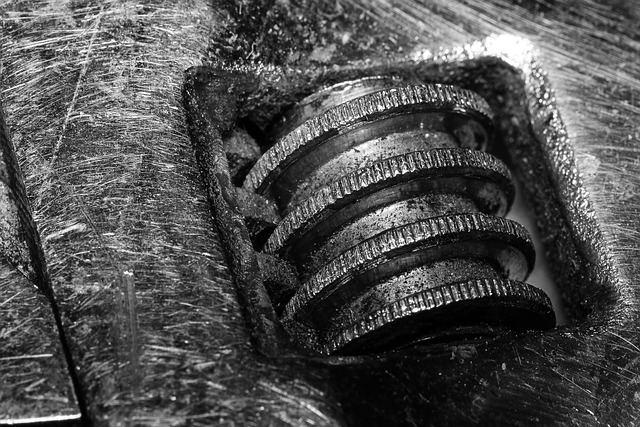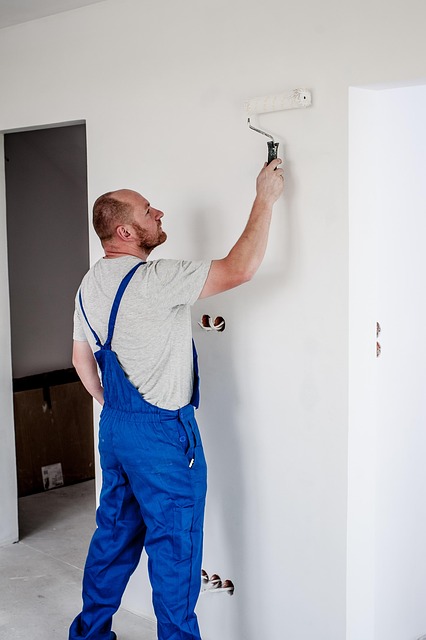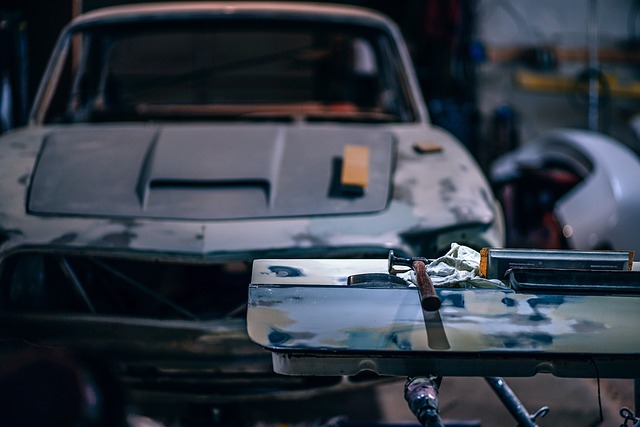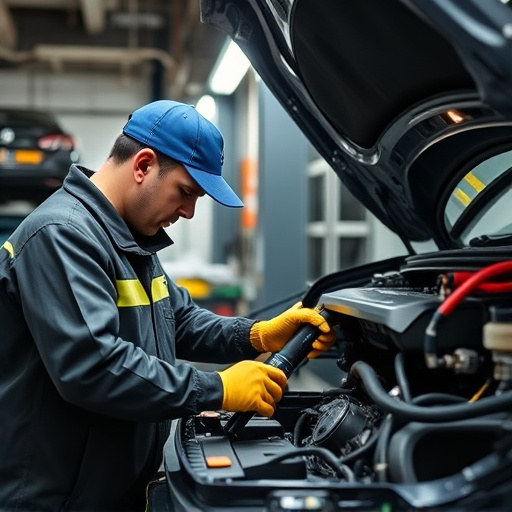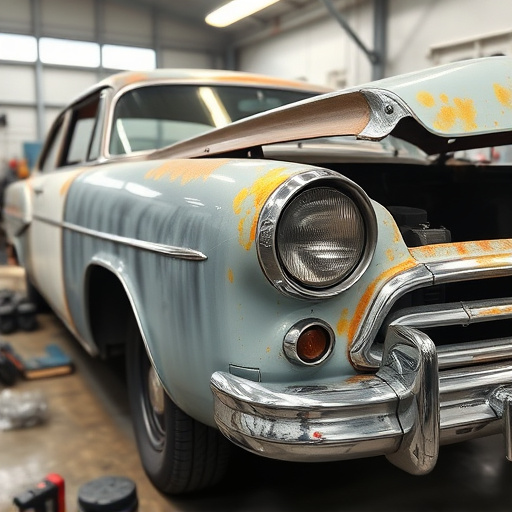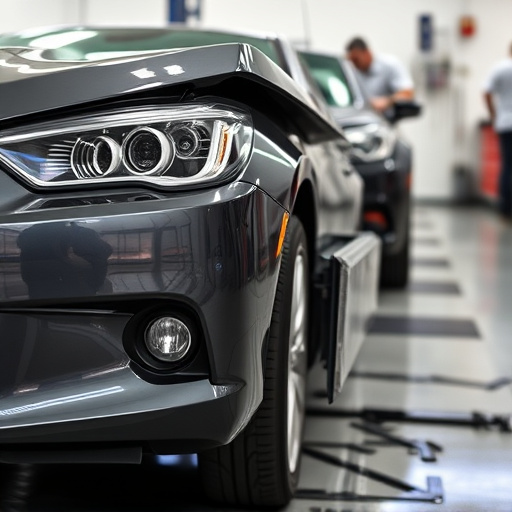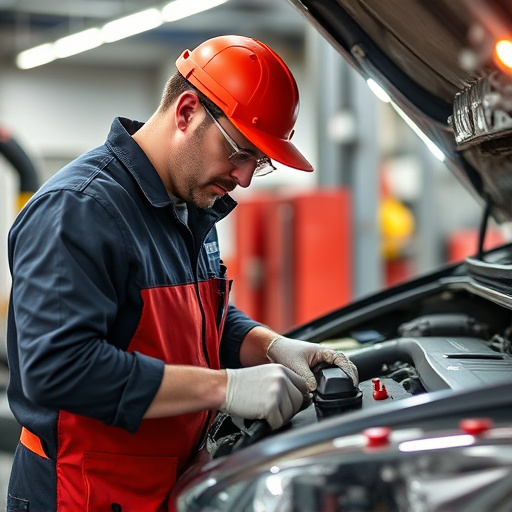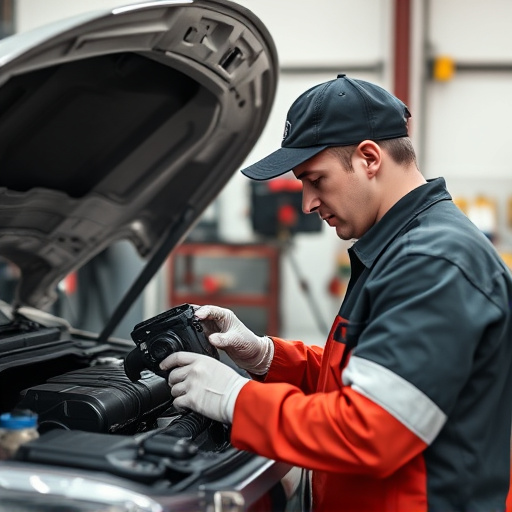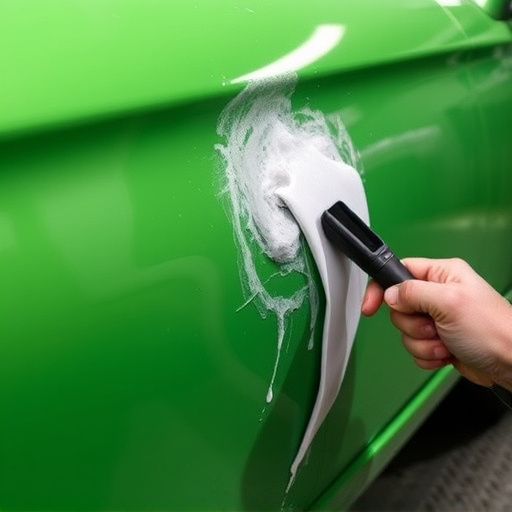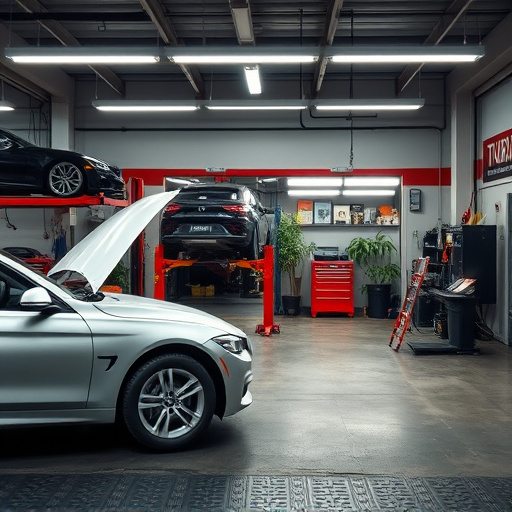Recognizing cowl panel damage is key for vehicle maintenance. Assess damage extent before replacement; consult experts for guidance. Navigate insurance claims with clear communication and documentation. Choose reputable service centers for successful cowl panel replacement. Maintain records for seamless insurance processing. Effective communication facilitates smoother claim assessment and processing.
When your vehicle’s cowl panel is damaged, efficient repair and replacement are crucial. This comprehensive guide delves into the process of cowl panel replacement, emphasizing the importance of understanding damage, navigating insurance claims, and fostering effective communication with insurers. By mastering these steps, you’ll ensure a smoother transition towards restoring your vehicle to its pre-damaged condition, minimizing stress and maximizing reimbursement for necessary parts.
- Understanding Cowl Panel Damage and Repair Needs
- Navigating Insurance Claims for Replacement Parts
- Effective Communication Strategies with Insurers
Understanding Cowl Panel Damage and Repair Needs
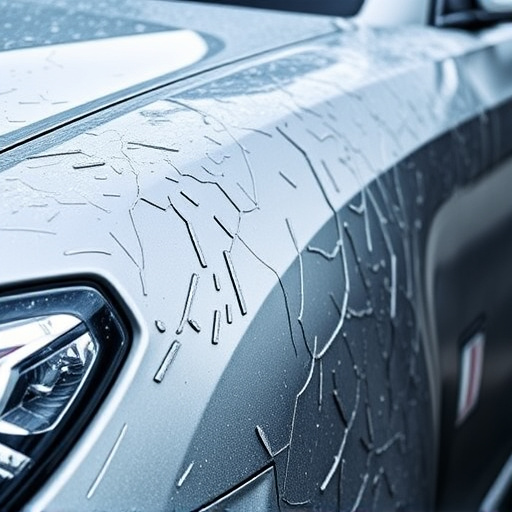
When it comes to vehicle maintenance, recognizing the signs of cowl panel damage is essential for efficient and prompt action. The cowl panel, located at the front of a car below the hood, plays a crucial role in protecting vital components while also contributing to the overall aesthetics of the vehicle. Damage can occur due to various factors such as road debris impact, minor collisions, or even severe weather conditions, leading to dents, dings, or complete panel deformation.
Identifying the extent of the damage is key before considering cowl panel replacement. Minor scratches and dents might be suitable for automotive repair services that specialize in scratch repair, while more significant alterations may require a full cowl panel replacement. Consulting with experienced automotive repair professionals can help determine the best course of action. They will assess the repair needs, providing insights into whether a simple fix or a more involved procedure is required to restore your vehicle’s safety and visual appeal.
Navigating Insurance Claims for Replacement Parts
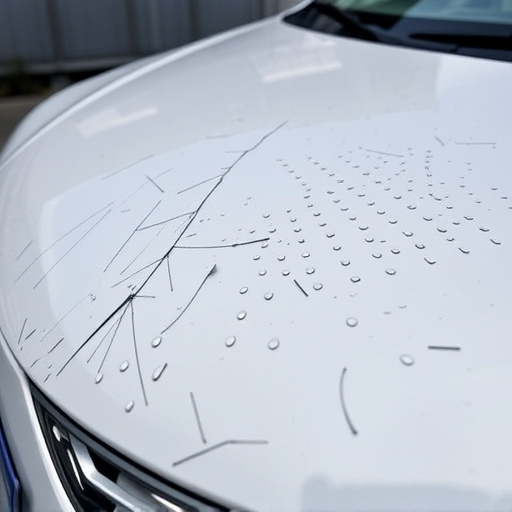
Navigating insurance claims for a cowl panel replacement can seem daunting, especially after a fender bender or minor accident. However, with clear communication and understanding of your policy, it becomes a manageable process. The first step is to contact your insurance provider and report the incident. They will guide you through filing a claim, which typically involves documenting the damage, taking photos, and providing a detailed estimate for repair costs, including cowl panel replacement.
It’s important to choose reputable service centers that specialize in car paint repair and body work, ensuring they have experience with cowl panel replacements. Keep all records and receipts from these interactions, as your insurance company will need them to process the claim. Effective communication throughout this process ensures a smoother journey towards getting your vehicle back on the road, looking and performing as good as new.
Effective Communication Strategies with Insurers
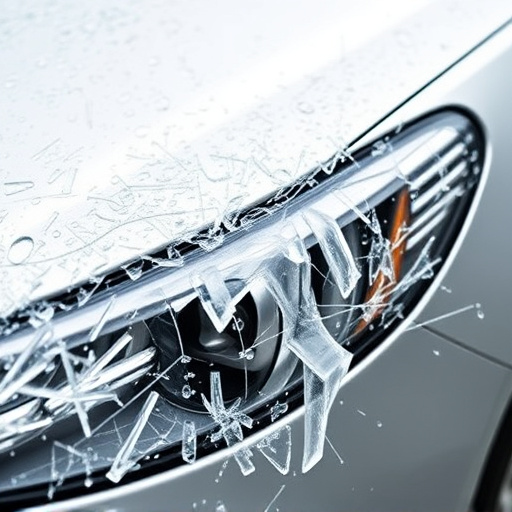
When it comes to cowl panel replacement, effective communication with your insurance provider is key. It’s essential to clearly articulate the extent of the damage and the proposed repair process. Explain the need for the cowl panel replacement, detailing any cracks, dents, or other issues that require attention. Providing detailed images or even a visual presentation can significantly enhance understanding and streamline the claims process.
Engaging with a reputable collision center offering top-notch vehicle repair services can facilitate this communication. Professionals at these centers are well-versed in working with insurance providers, ensuring your claim is accurately assessed and processed. They can act as intermediaries, answering any queries from the insurer and keeping you informed throughout the cowl panel replacement process, making it a smoother experience for all parties involved.
Cowl panel replacement is a crucial aspect of vehicle maintenance, ensuring both aesthetic appeal and structural integrity. Navigating insurance claims efficiently requires understanding your policy, documenting damage thoroughly, and communicating effectively with insurers. By adhering to best practices outlined in this article—from recognizing cowl panel issues to strategic insurer communication—you can streamline the process, securing necessary coverage for timely and quality replacements.
